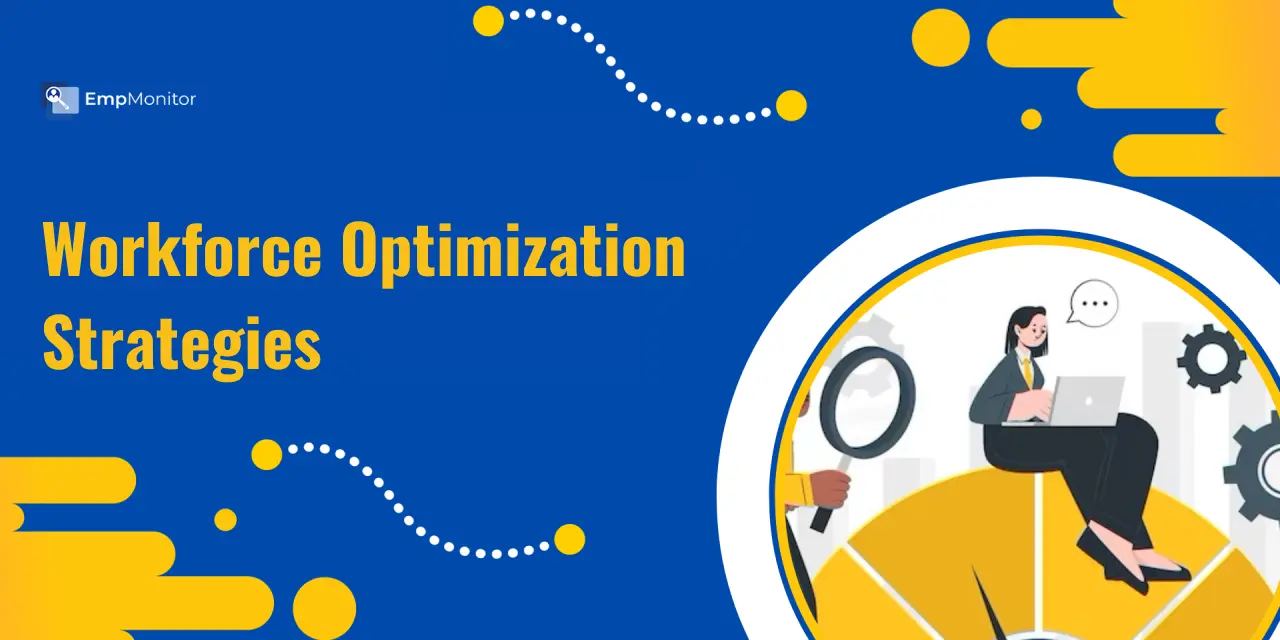Automating Workforce Optimization for Scalable Growth
Automating Workforce Optimization for Scalable Growth
Blog Article
Workforce Optimization for Faster Time-to-Market
In the current fiercely competitive organization landscape, getting a strategic side is more critical than ever. One path to achieving this really is through data-driven workforce optimization. By leveraging the vast levels of information now available, companies may fine-tune their workforce to be more effective, successful, and aligned with long-term company goals. This approach isn't only for big enterprises; it's equally useful for small and medium-sized companies striving to maximise their resources.
Knowledge Workforce Optimization
Workforce optimization involves applying data analytics to enhance the performance and productivity of employees. By analyzing numerous metrics such as time management, performance degrees, and job satisfaction, companies can recognize areas for improvement. This data-driven strategy enables more knowledgeable decision-making, ensuring that sources are given successfully and that workers are positioned for success.
For instance, a business would use staff performance data to recognize prime performers and analyze what sets them apart. These records will then be used to develop training programs that help different workers achieve similar degrees of performance. The main element is by using knowledge to operate a vehicle constant development, as opposed to counting on stomach emotions or outdated methods.

The Role of Information Analytics
Knowledge analytics represents a essential role in workforce optimization. By obtaining and analyzing information from different options, organizations can obtain ideas in to staff performance, involvement, and overall productivity. This information can be utilized to generate step by step studies and visualizations that spotlight traits and designs, rendering it simpler to spot areas for improvement.
For example, by studying time-tracking data, a business might learn that particular projects are using longer than expected. These details can then be used to improve techniques or offer additional instruction to employees. Similarly, knowledge on staff engagement will help recognize facets that donate to job satisfaction, letting businesses to apply improvements that increase comfort and lower turnover.
Advantages of a Data-Driven Strategy
Adopting a data-driven way of workforce optimization presents numerous benefits. For one, it enables companies to create more informed decisions, reducing the chance of costly mistakes. By basing conclusions on difficult data as opposed to intuition, organizations can guarantee that they're assigning assets in the top way possible.
Still another benefit is improved transparency. When personnel realize that conclusions are increasingly being produced based on data, they are prone to trust the procedure and feel confident inside their roles. This will lead to higher degrees of engagement and output, as personnel feel respected and supported.
Finally, a data-driven method might help businesses stay in front of the competition. By constantly tracking and increasing workforce efficiency, organizations can adjust to changing market conditions and stay agile in the facial skin of new challenges. This proper advantage could be the huge difference between success and disappointment in the current fast-paced organization environment.
Useful Tips for Applying Workforce Optimization
To properly implement workforce optimization , organizations require to start with a clear plan. This requires placing specific objectives and distinguishing the key metrics that will be used to measure success. It's also very important to include employees along the way, as their input can offer useful ideas and support guarantee buy-in.

Next, companies need to buy the right instruments and technologies. This might contain time-tracking application, efficiency management programs, and data analytics platforms. By developing these tools, businesses can obtain and analyze information more proficiently, giving a solid basis for decision-making.
Finally, it's very important to foster a lifestyle of continuous improvement. This implies frequently reviewing data and creating adjustments as needed to ensure workforce optimization efforts are containing the desired results. By staying determined to the process, organizations can unlock the total potential of their workforce and obtain a proper advantage.
In conclusion, data-driven workforce optimization is really a effective instrument for reaching strategic success. By leveraging knowledge analytics to improve staff efficiency and engagement, companies may make more educated choices, increase productivity, and keep in front of the competition. For businesses looking to maximize their methods and gain a competitive edge, adopting a data-driven method is not only an option—it is a necessity.
Report this page